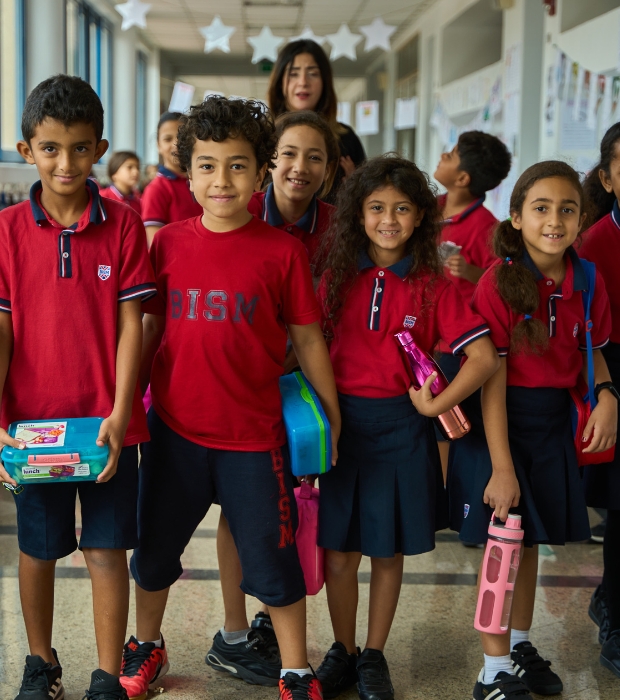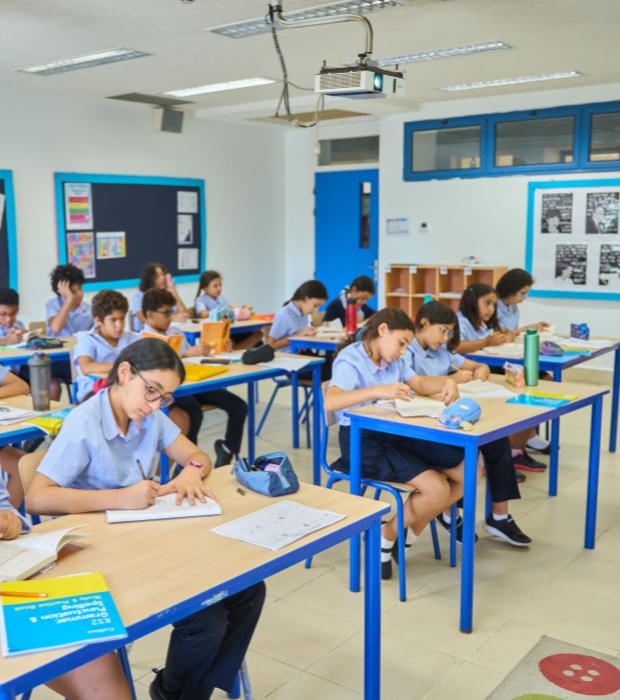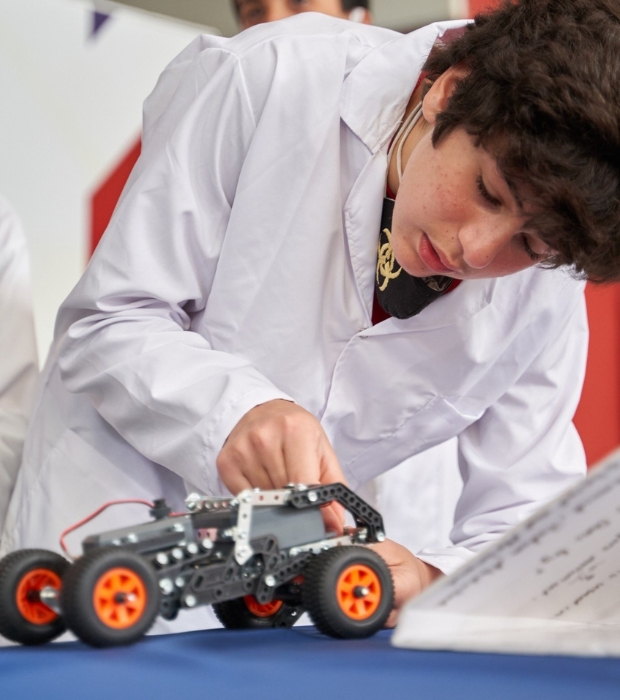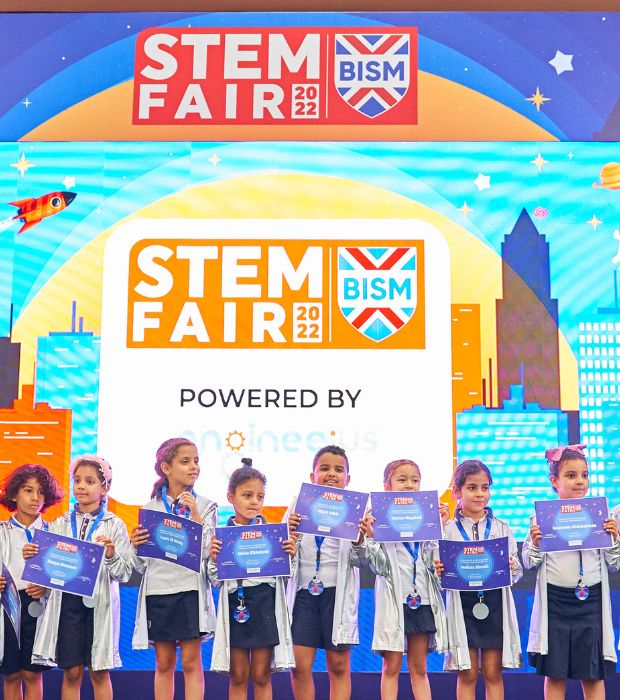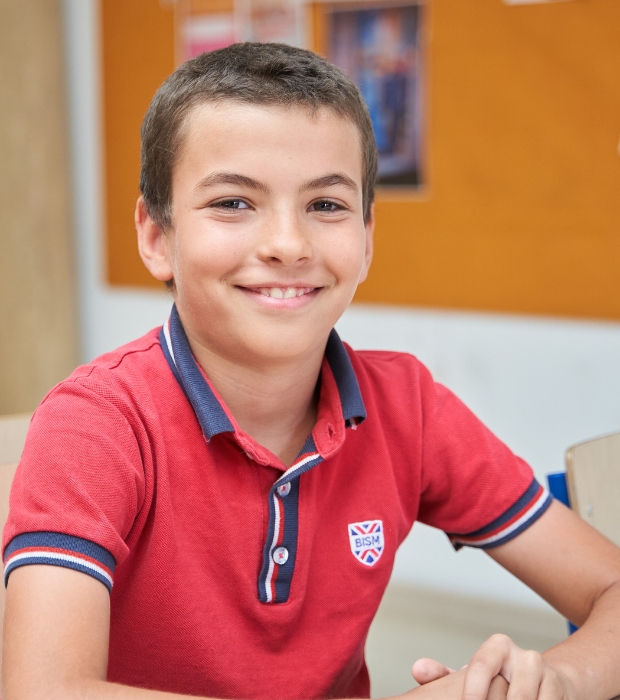Future-Based Learning Technologies
AT BISM innovation is at our core; we are using all cutting-edge technologies to support our students learning and to experience the newest technologies within their classrooms, technologies include augmented reality (AR), virtual reality (VR) and extensive use of iPads in classrooms.
iPads in Classroom
Tablets and iPads offer a truly mobile learning experience, allowing students to take their device from class to class or into the great outdoors. iPads and tablets facilitate learning in a host of different ways courtesy of interactive apps that allow instant input and feedback.
It enables educators to support traditional learning with apps that further instill numeracy and literacy skills through gamified education, with the Northern Ireland study also noting children who used devices considered learning as “play”. This helps cater to different learning styles, adding a fun element to the educational environment. In late primary school and beyond into the senior years, iPads and tablets allow for easy assessment of curriculum tasks.
Finally, technology like iPads and tablets allows students to embrace the digital age as a foundation of their education. It allows tech knowledge to become intuitive, setting them up for a life where digital fluency will be core to their career and other areas of their lives.
AR/VR in Classroom
- 1-Learning through experience, the AR/ VR can boost knowledge retention by up to 75%, students’ ability to retain knowledge increases by immersing them into exciting experiences they’ll never forget.
- 2-Learning through engagement, the AR/ VR improves students’ interaction within the classroom by incorporating visual stimuli with AR/ VR virtual experiences.
- 3-Learning through achievement, the AR/ VR can improve student attainment increasing exam results by up to 20%. It comes complete with all the tools you need to deliver curriculum-aligned VR lessons to boost students’ learning.
- 4-Emotional Regulation, teachers use an array of 360-images or videos that support the needs of each individual student. The immersive experience eases the students and allows them to return to the classroom able to focus and learn.
- 5-Building Confidence, teachers use personalised 360-degree videos of a new environment, where students can explore, build confidence and become familiar with the environments before even leaving the classroom.
- 6-New Experiences, using VR, students can be immersed in previously inaccessible places and even experience the same opportunities as their peers by uploading 360-images and videos directly from the classroom and reliving them whenever they choose.

